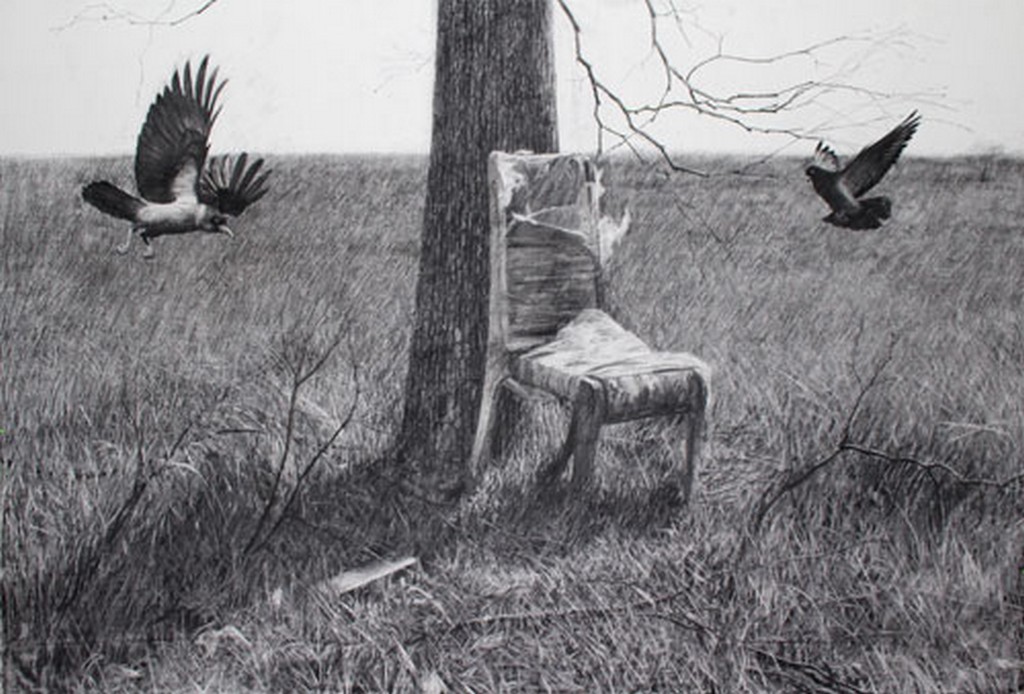 Chair. 2014. Acryl, coal, canvas. 100x150cm
Chair. 2014. Acryl, coal, canvas. 100x150cm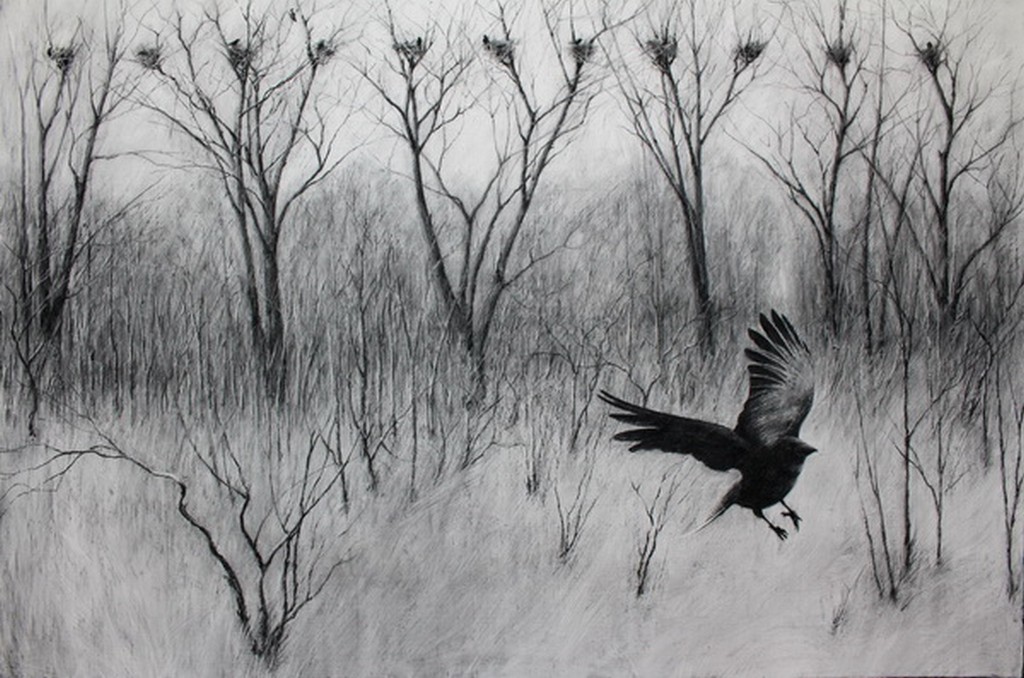 Nests. 2014. Acryl, coal, canvas. 100x150cm
Nests. 2014. Acryl, coal, canvas. 100x150cm 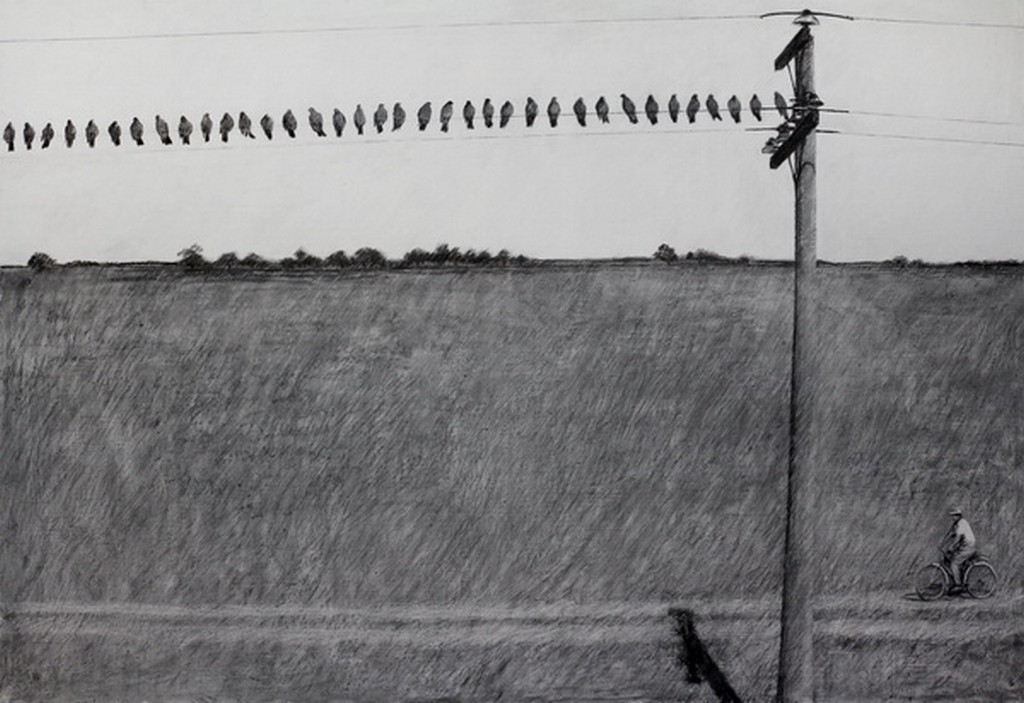 Pigeons. 2014. Acryl, coal, canvas. 100x150cm
Pigeons. 2014. Acryl, coal, canvas. 100x150cm 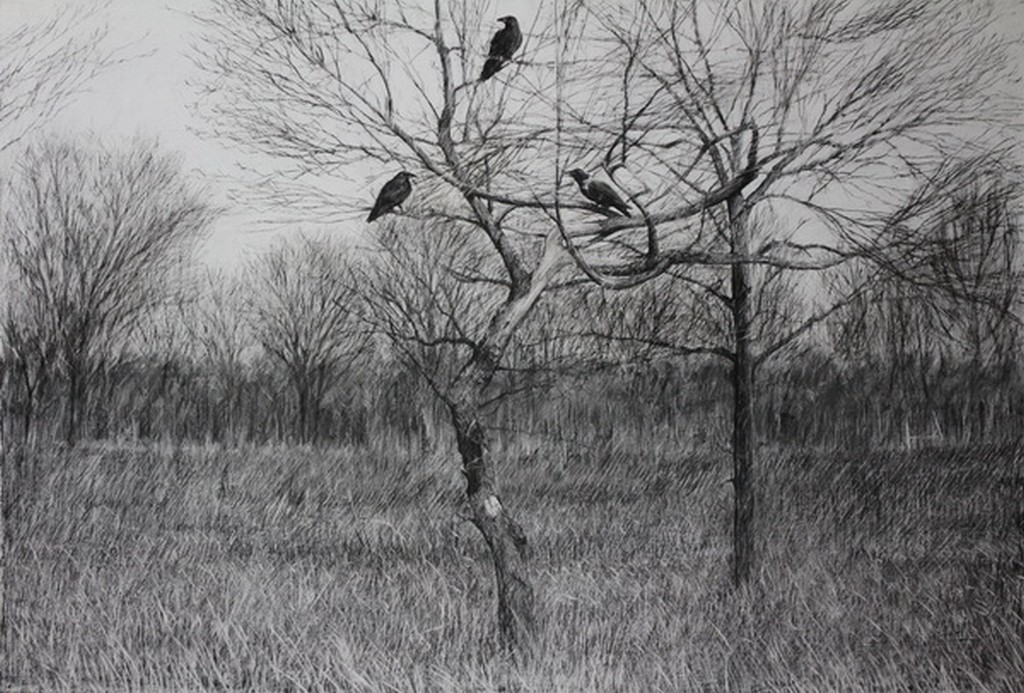 Сrows. 2014. Acryl, coal, canvas. 100x150cm
Сrows. 2014. Acryl, coal, canvas. 100x150cm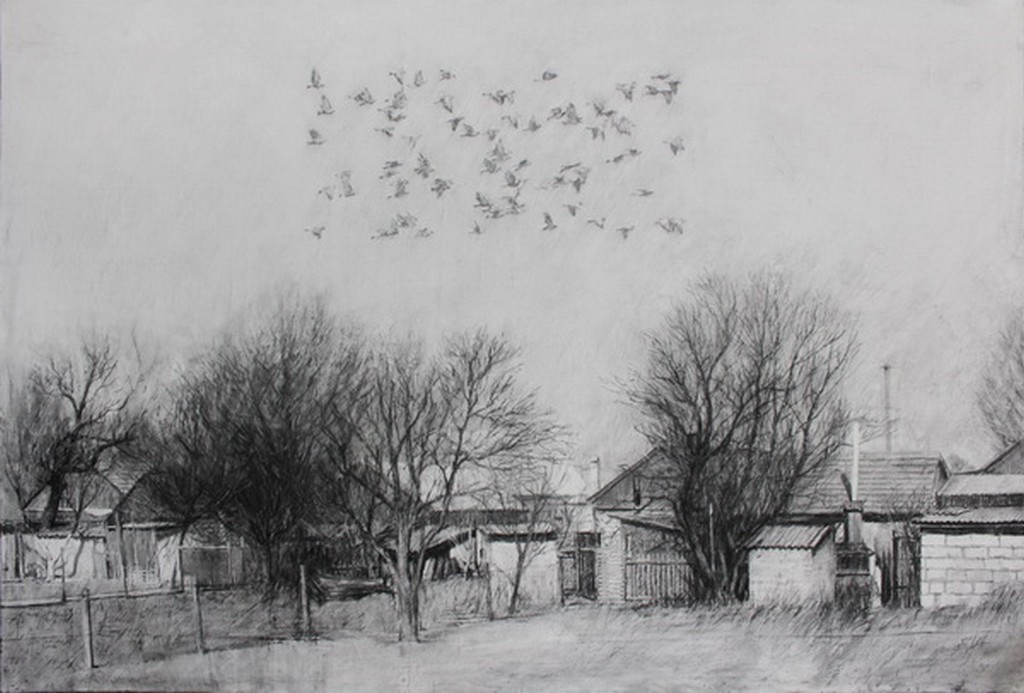 Flock. 2014. Acryl, coal, canvas. 100x150cm
Flock. 2014. Acryl, coal, canvas. 100x150cm  Pigeon. 2014. Acryl, coal, canvas. 90x75cm
Pigeon. 2014. Acryl, coal, canvas. 90x75cm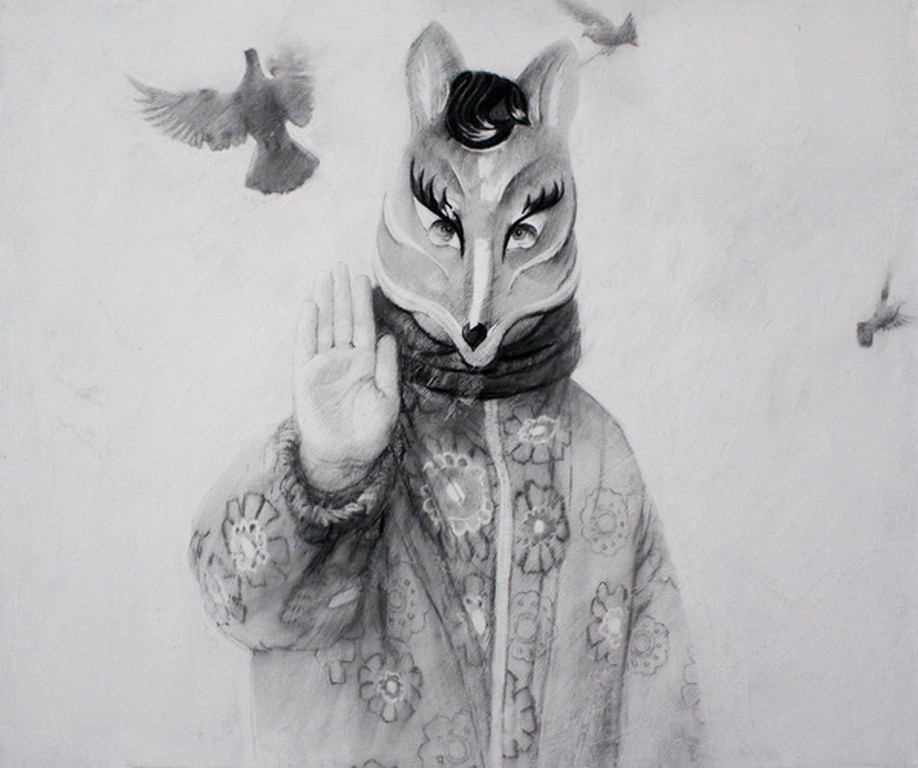 Fox. 2014. Acryl, coal, canvas. 90x75cm
Fox. 2014. Acryl, coal, canvas. 90x75cm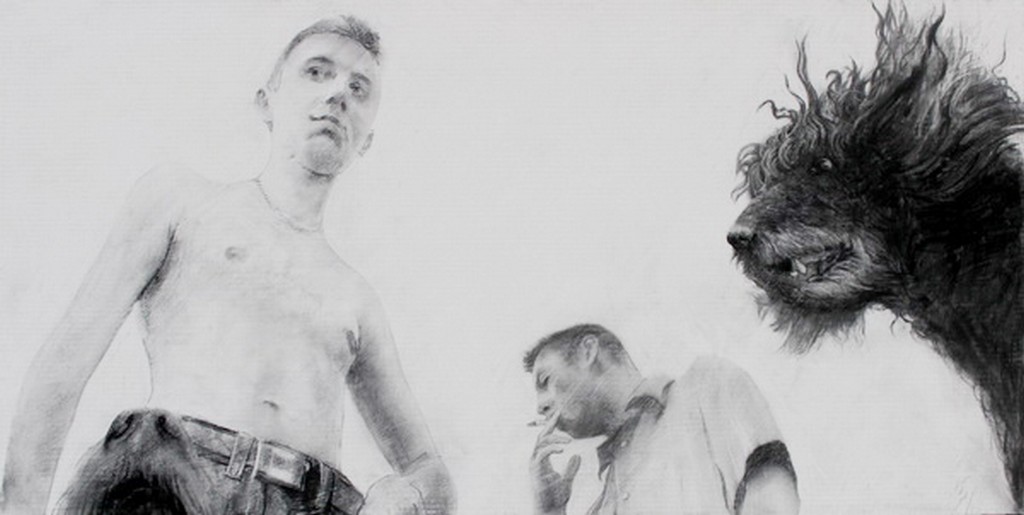 Picnic. 2013. Acryl, coal, polystyrene. 57x119cm
Picnic. 2013. Acryl, coal, polystyrene. 57x119cm 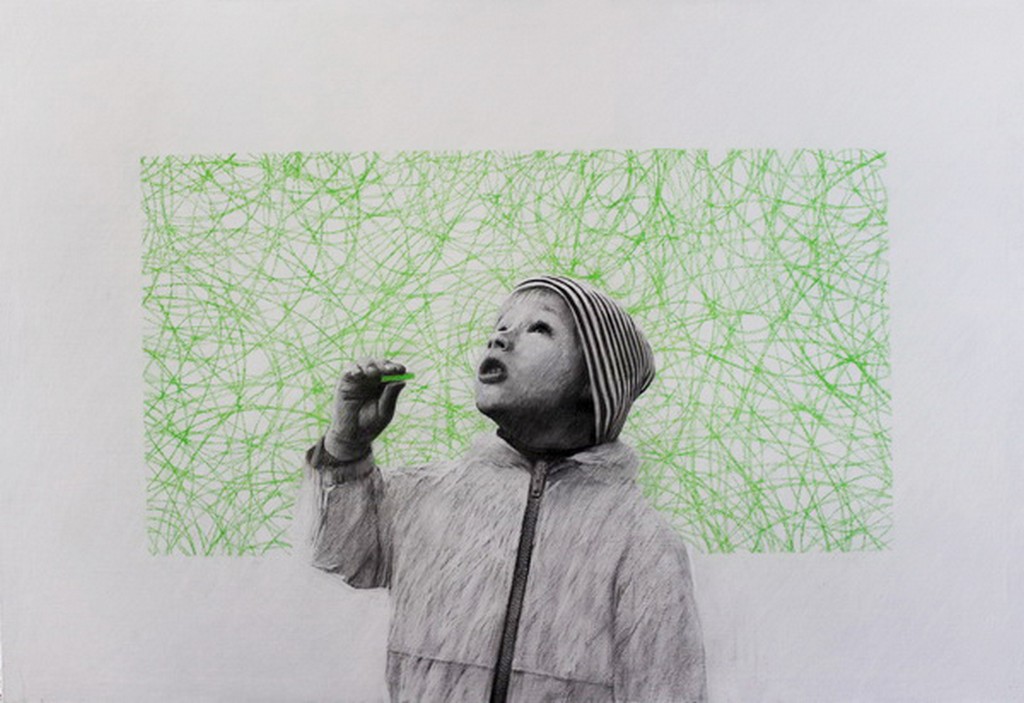 Chalk. 2014. Acryl, charcoal, pastel, canvas. 100x150cm
Chalk. 2014. Acryl, charcoal, pastel, canvas. 100x150cm 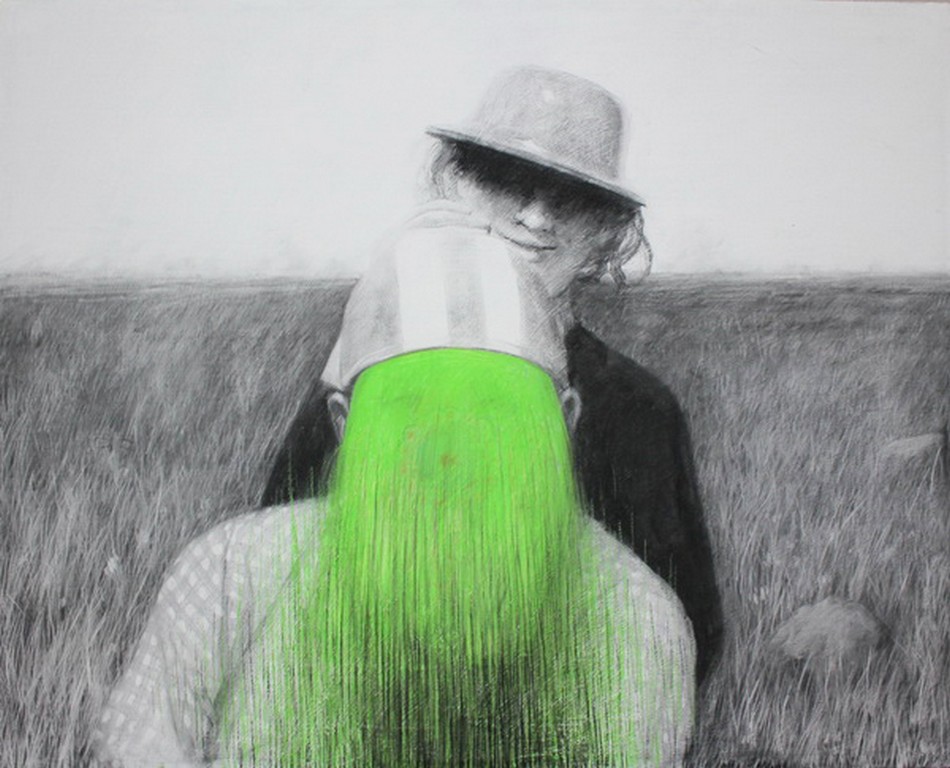 Winter wheat. 2014. Acryl, charcoal, pastel, canvas. 100x80cm
Winter wheat. 2014. Acryl, charcoal, pastel, canvas. 100x80cm 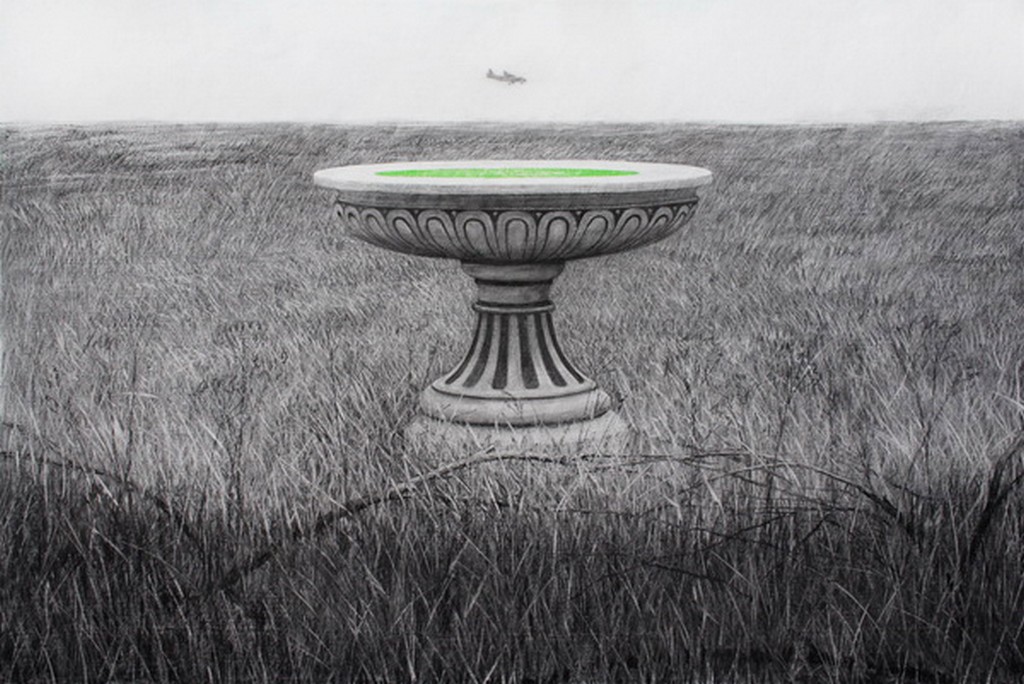 Plane. 2014. Acryl, charcoal, pastel, canvas. 100 x150cm
Plane. 2014. Acryl, charcoal, pastel, canvas. 100 x150cm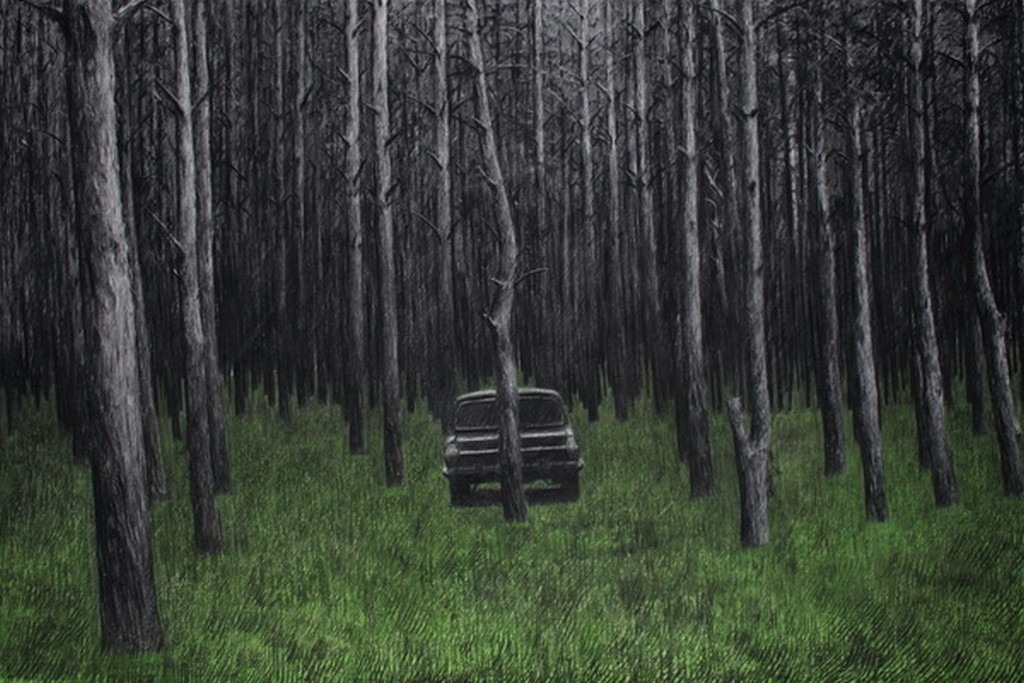 Volga. 2014. Acryl, charcoal, pastel, canvas. 100x150cm
Volga. 2014. Acryl, charcoal, pastel, canvas. 100x150cmRustam Mirzoev
CHARCOAL
12.07 – 01.09.2014
Charcoal is a graphic technique. Charcoal is usually used on paper. Rustam Mirzoyev decided to move his charcoal drawings on canvas, a very large canvas, turning his drawings into monumental statements. Even more – opaque statements (just like the material used to create them). What are these works about? In all clarity of the visual imagery the essence is constantly slipping away, nevertheless leaving intense feeling of its presence. Titles do not help either, often consisting of just one word – they are not narrative but rather a mere verbal confirmation of what is shown. Basically, there are some landscape and genre scenes that cause a feeling of strangeness of what is happening, as if we observe certain rituals generated by a consciousness extraneous to us. Atmosphere of dreaming or some strange and slow (Japanese) thriller pervades these works causing either feelings of vague anxiety, or distrust to the reality: everything seems as it should, moreover, pleasing to the eye and sometimes even ‘very nice’, but somewhere, in some detail, in a visual hint only something went wrong… Why do pigeons fly in a form of a regular polygon, as if in a formation, bringing abnormal order into modest suburbs? Why have crows built their nests on trees in a distinguished row, as if lined up? Who manages all these processes? The conclusion is beyond. Is a car lost in the mystical pine forest on a bright green grass postcivilization? But the dynamics of black and white is broken by the sudden explosion of green shades of spring grass, bringing relief from the dictates of the black-and-white world. Started in troubled times, when in reality, looking normal familiar on the outside, something goes wrong, these works express feelings of a passive observer who does not actively intervene into processes but who notices first all shifts in the fabric of the world here and beyond. The green color has appeared.
Aleksandra Filonenko
